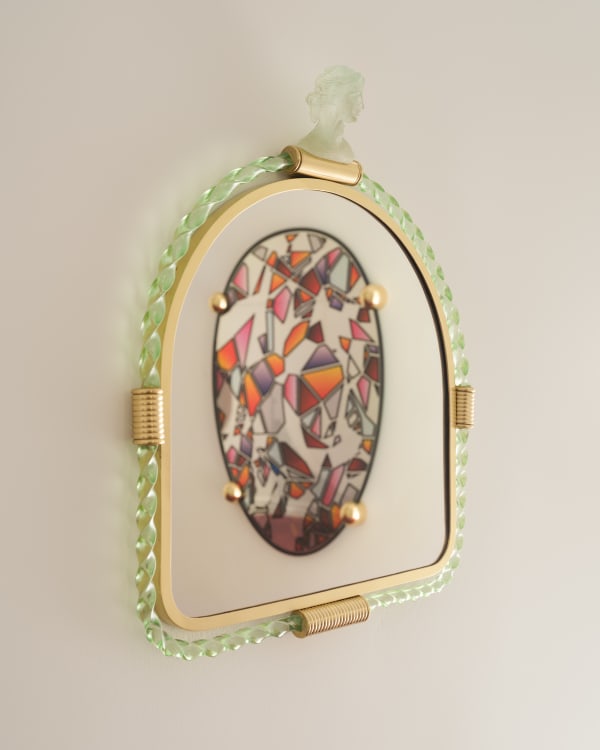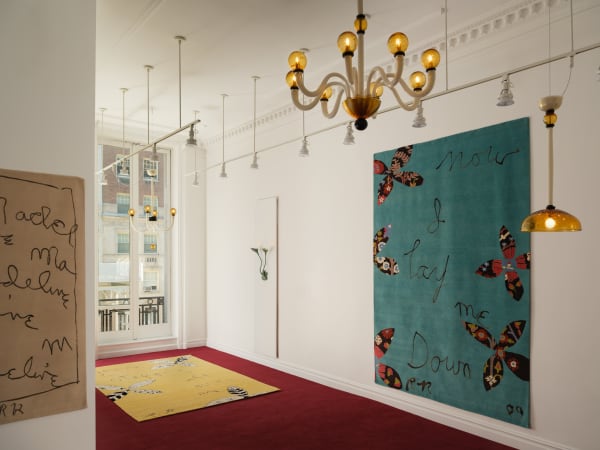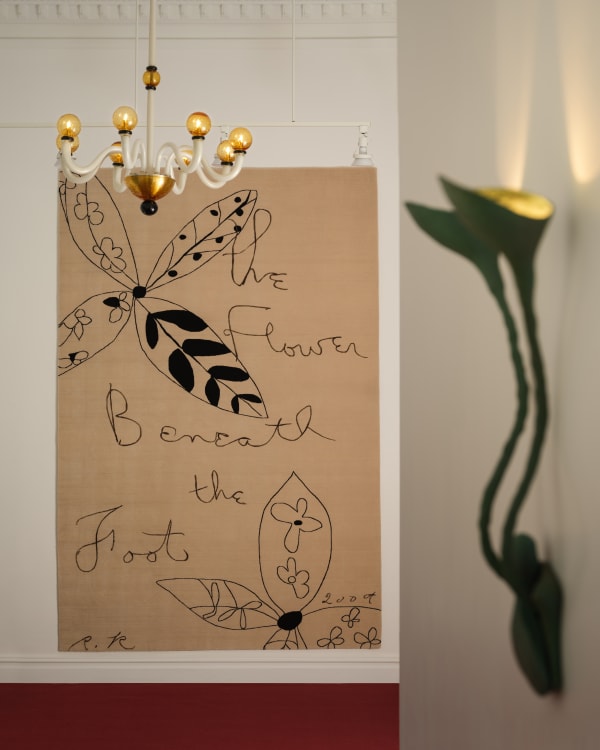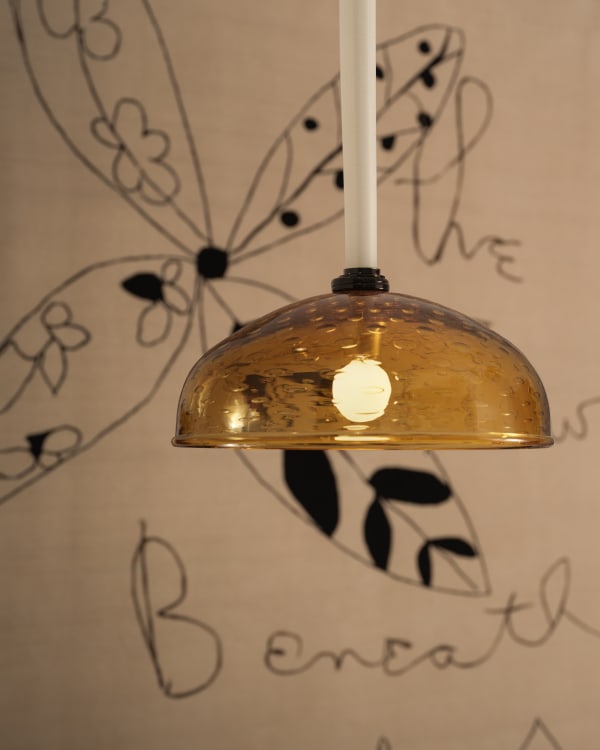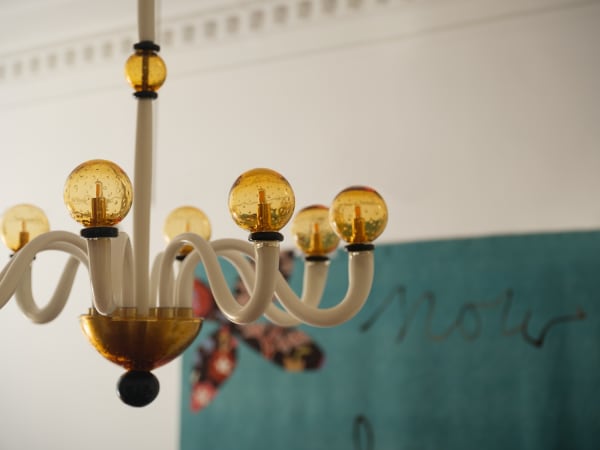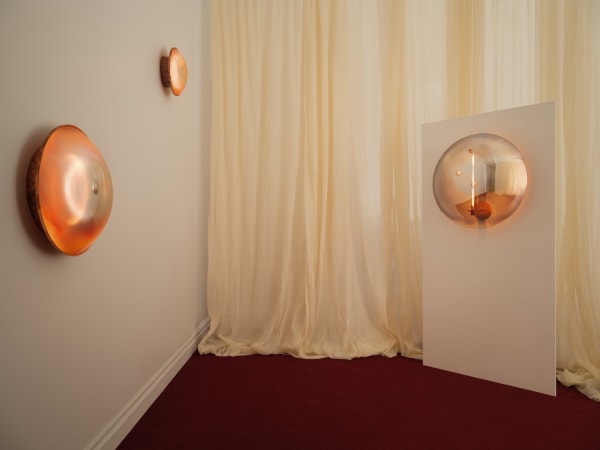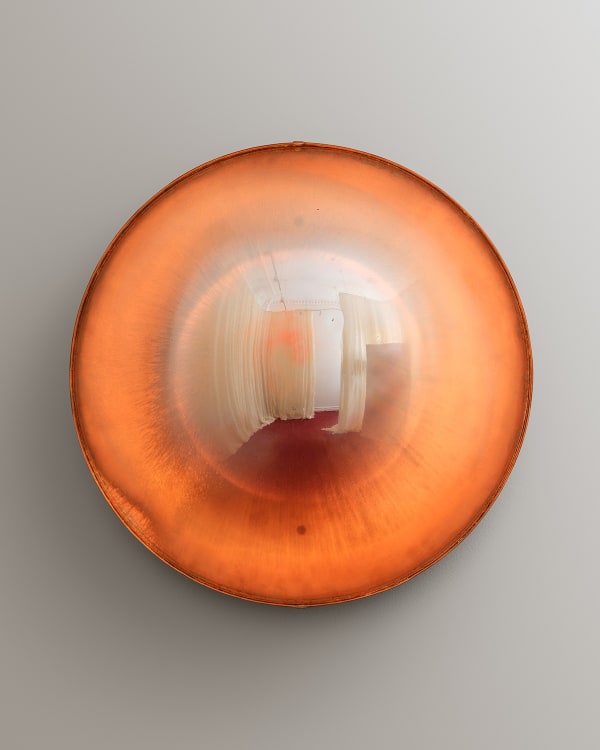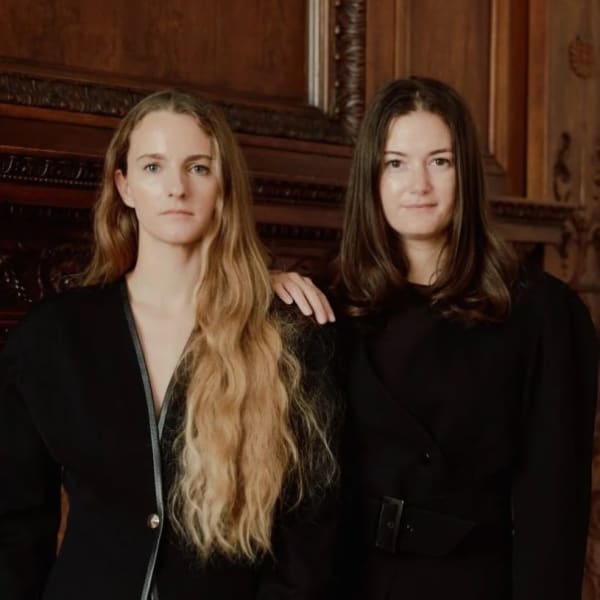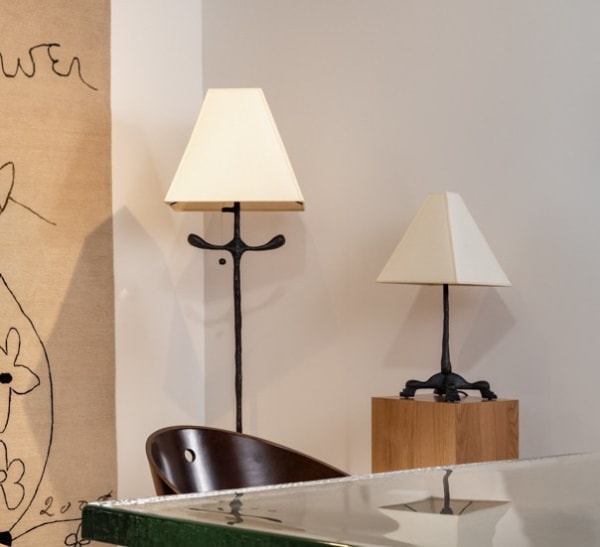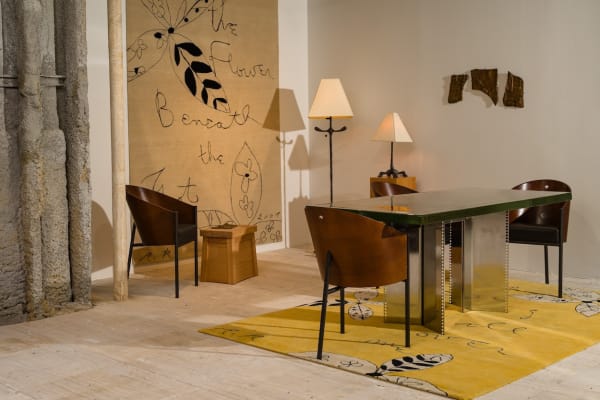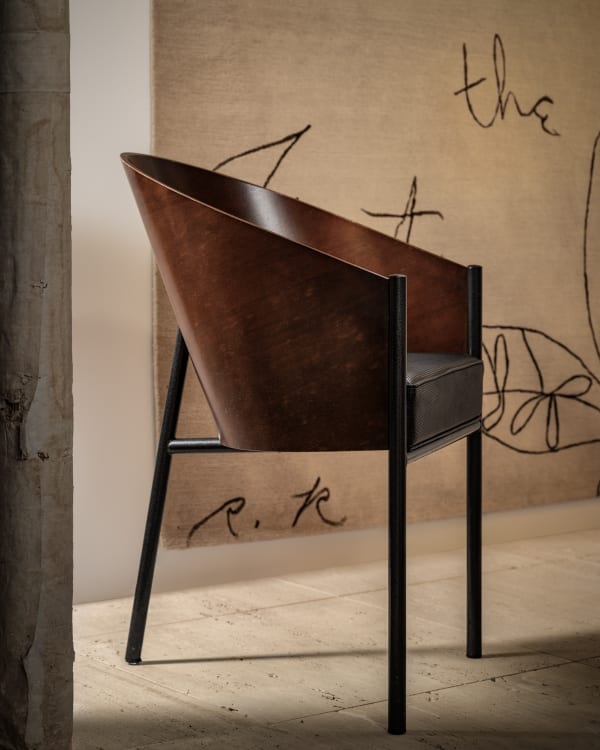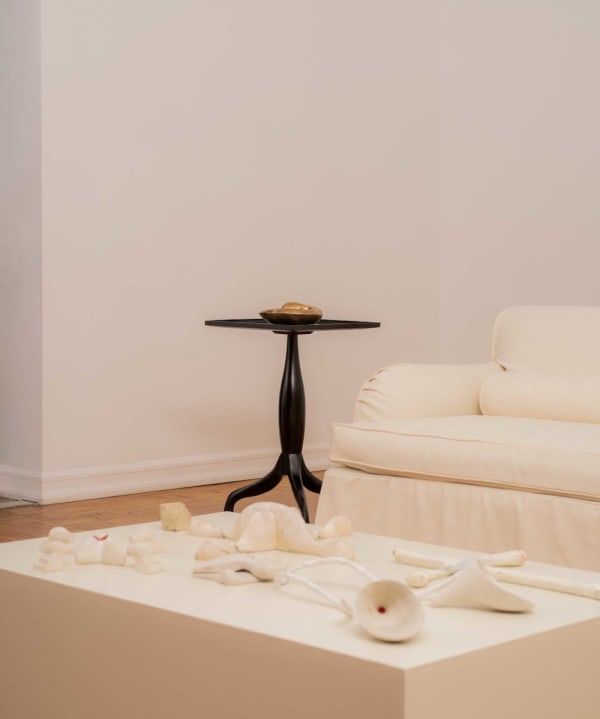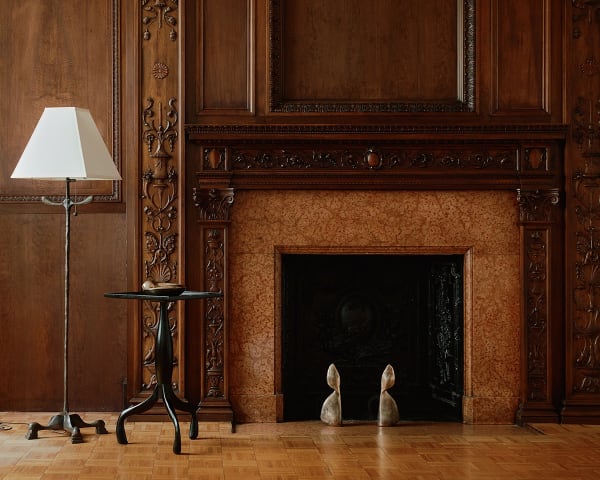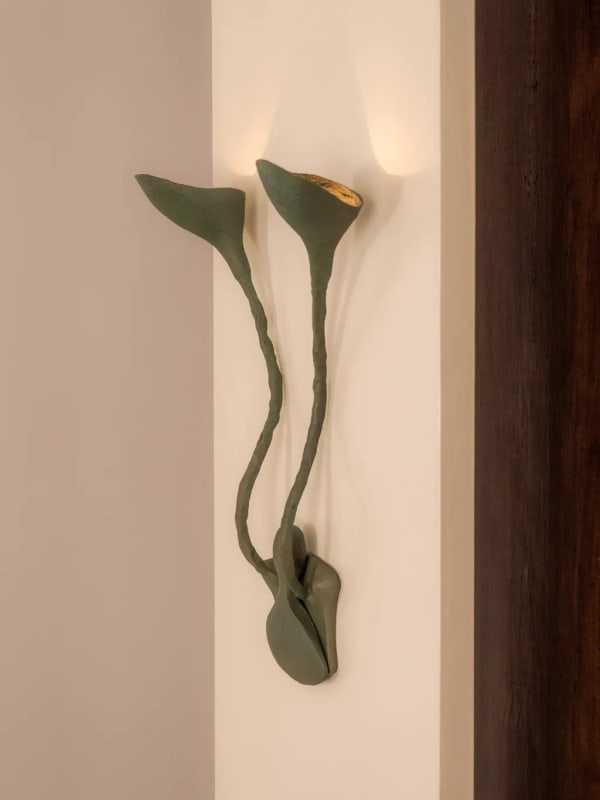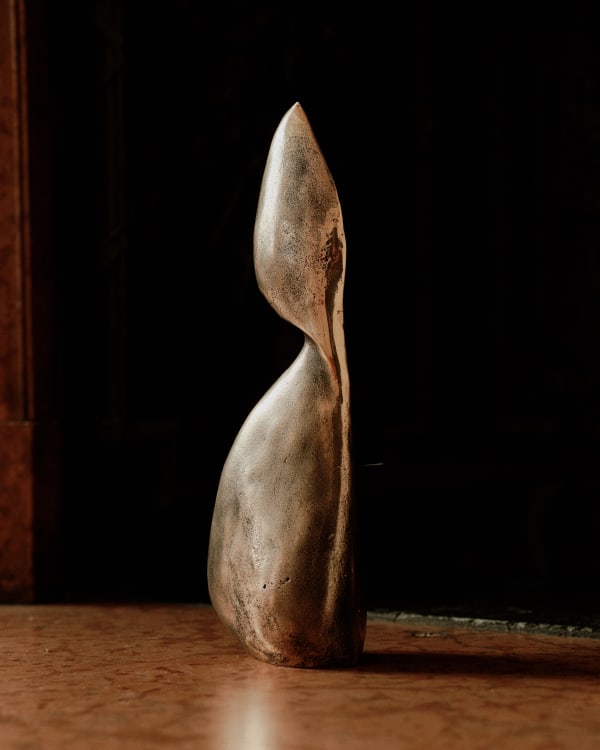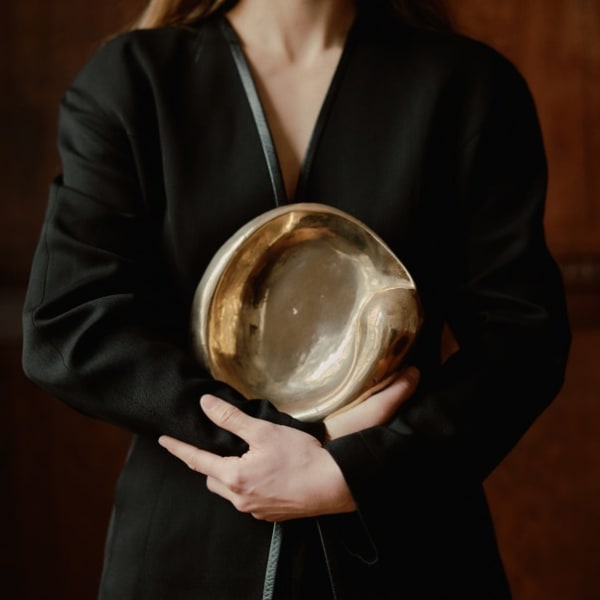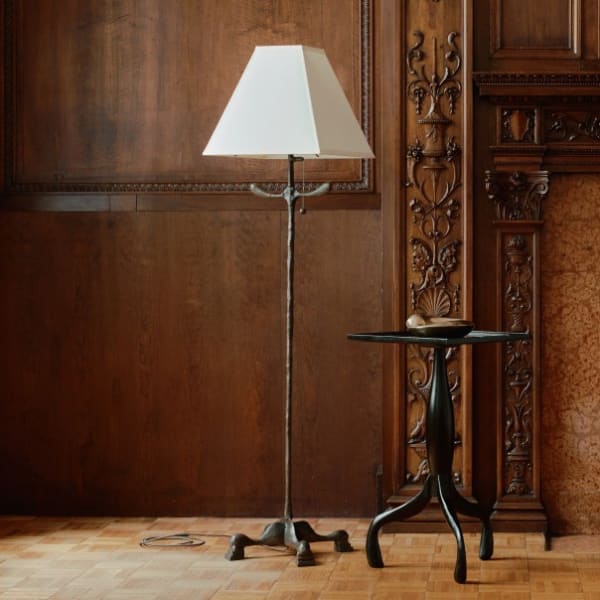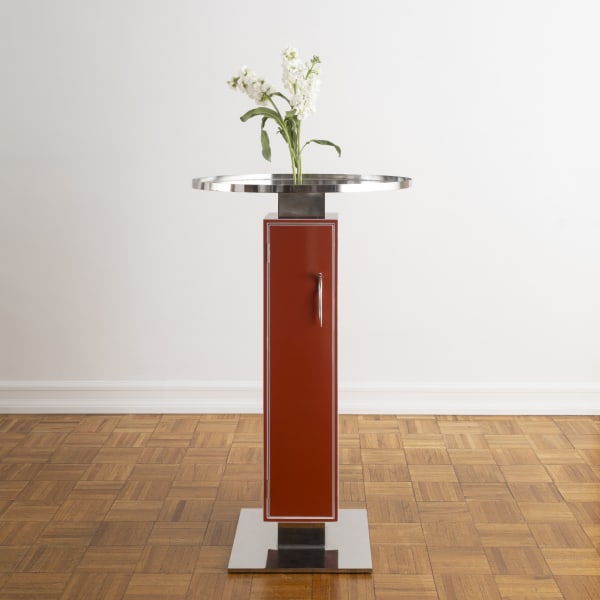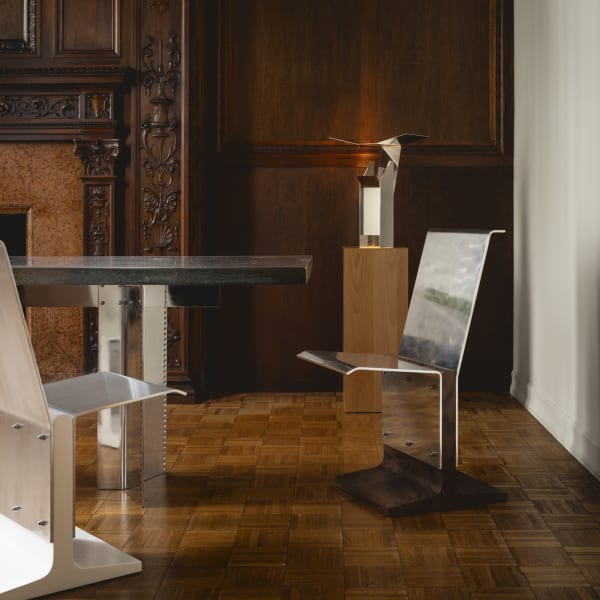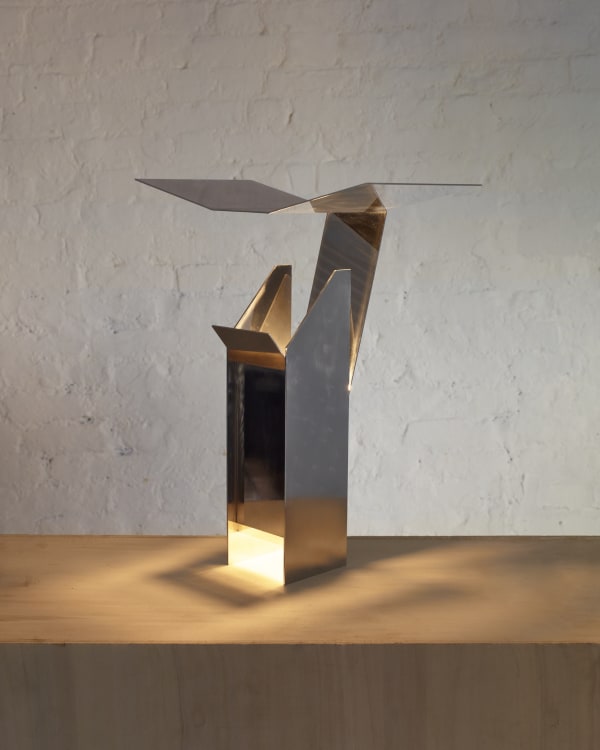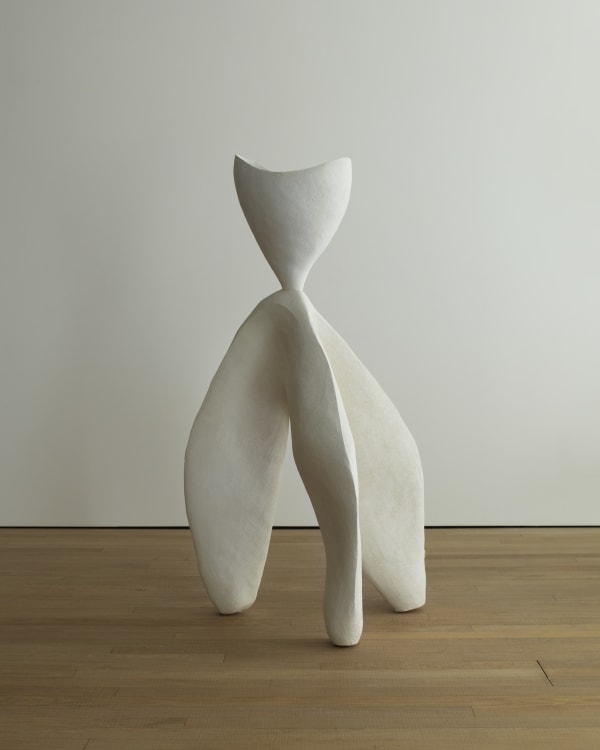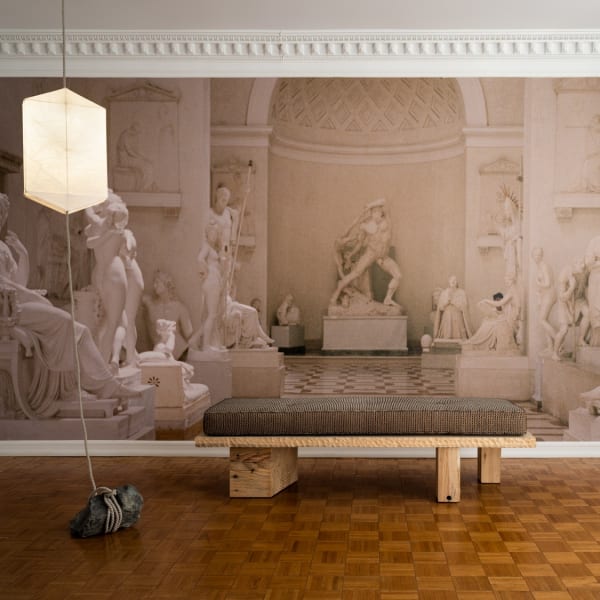-

Sight Unseen
The WeeklyOctober 16, 2025 -

Galerie
10 Collectible Design Shows to See in OctoberOctober 8, 2025 -

Wallpaper*
Wallpaper* USA 400: The people shaping Creative America in 2025August 11, 2025 -

Forbes
The Spirit Of Rene Ricard Lives On In A New Collection Of RugsMay 20, 2025 -

Galerie
Where to See Stellar Collectible Design During NYCxDesignMay 15, 2025 -

1stdibs - The Study
On Our RadarApril 30, 2025 -

Sight Unseen
SATURDAY SELECTSApril 26, 2025 -

Galerie
9 Collectible Design Shows to See in MarchMarch 5, 2025 -

Sight Unseen
Saturday SelectsFebruary 24, 2025 -

Sight Unseen
American Design Hot List 2025: Rafael PrietoJanuary 10, 2025 -

Town & Country
Introducing the 2024 Creative AristocracySeptember 24, 2024 -

artnet
From Mid-Century Chic to Industrial Sheen, These Upstart Galleries Are Reinvigorating Collectible DesignSeptember 20, 2024 -

Milk Décoration
Collectible New York: our best of the 1st editionSeptember 19, 2024 -

Surface
A Beloved Belgian Design Fair Bets Big on New York CitySeptember 4, 2024 -

Apollo Magazine
40 Under 40 Craft BusinessSeptember 2, 2024 -

World of Interiors
What's in the air this monthSeptember 1, 2024 -

The Art Newspaper
For New York expansion, Collectible fair’s founders bet on confluence of art and designAugust 30, 2024 -

AD Pro
Need to KnowAugust 28, 2024 -

Wallpaper*
USA 400: meet the people shaping Creative America in 2024July 5, 2024 -

Architectural Digest France
Objets de désirJuly 1, 2024 -

Surface
Without a Kiln, Simone Bodmer-Turner Gets Even More IntentionalMay 15, 2024 -

ArchiPanic
ArchiPanic NYC X DESIGN 2024: 15 Design Highlights in New York City May 14, 2024May 14, 2024 -

Hurs
Creating Space with Simone Bodmer-Turner and Emma ScullyMay 14, 2024 -

Sight Unseen
Bronze, Silk, Pine, Cherry: A Year Without a Kiln Forced Simone Bodmer-Turner to Reconsider Her Materials PaletteMay 10, 2024 -

Family Style
Free RangeMay 9, 2024 -

dezeen
Simone Bodmer-Turner showcases "talismans of memory" at New York exhibitionMay 8, 2024 -

Materia
SIMONE BODMER-TURNER’S YEAR WITHOUT A KILN WAS A YEAR OF GROWTH AND EXPLORATIONMay 6, 2024 -

Wallpaper*
A year without a kiln: ceramic artist Simone Bodmer-Turner on experimenting with new design materialsMay 3, 2024 -

Design Miami: The Buzz
Design Miami’s monthly, can’t-miss roundup of design world news and inspirationMay 2, 2024 -

The New York Times
What to See in New York During a Month-Long Celebration of DesignMay 1, 2024 -

The New York Times
The T List: Six things we recommend this weekApril 24, 2024 -

OBJEKT International
Where We StandMarch 12, 2024 -

IDEAT No. 165
New York New LifeMarch 1, 2024 -

Architectural Digest Germany
New GenerationMarch 1, 2024 -

Elle Decor Germany
So Beautifully MoldableMarch 1, 2024 -

Architectural Digest
The Best Furniture for Small Spaces, According to 8 DesignersJanuary 30, 2024 -

Financial Times
Silver LiningsJanuary 26, 2024 -

Trend Hunter
EJR Barnes Debuts A Room on East 79th StreetJanuary 5, 2024 -

Design Milk
EJR Barnes Debuts Work Hovering Between Romantic and PragmaticJanuary 4, 2024 -

Architectural Digest
Lacquer Is Back—Here's How Designers Are Reimagining the Finish’s PotentialJanuary 2, 2024 -

Vogue Living
All the design highlights from Miami Art Week 2023December 15, 2023 -

Surface
Our Favorite Pieces at Design Miami/ 2023December 6, 2023 -

Design Boom
Jumbo's Urban-Wired Chairs Reimagine the Public Street Landscape with LoveseatsNovember 9, 2023 -

Cool Stuff NYC
A Room on East 79th Street at Emma Scully GalleryOctober 20, 2023 -

Architectural Digest
Emma Scully Gallery presents EJR Barnes solo showOctober 18, 2023 -

Sight Unseen
EJR Barnes On Cast Glass, Instagram, “Freaky Stuff,” and His Excellent New Show at Emma Scully GalleryOctober 17, 2023 -

Surface
Designer of the Day: EJR BarnesOctober 13, 2023 -

The Buzz by Design Miami
EJR Barnes: A Room on East 79th Street at Emma Scully GalleryOctober 5, 2023 -

Elle Decor
Our editors’ picks for the best design, art, and architecture happeningsOctober 3, 2023 -

Surface
American Designers Toast Their Past, Present, and Future in LondonJune 29, 2023 -

Office Magazine
The American Pavilion: A North American Message Crosses the AtlanticJune 23, 2023 -

The New York Times
Seven Standouts From the New York Design FestivalJune 2, 2023 -

Design Milk
‘Together Over Time’ Showcases Work That Balances Fragility + RobustnessJune 1, 2023 -

Sight Unseen
“Together Over Time” is designer Rafael Prieto’s debut solo show at Emma Scully GalleryApril 22, 2023


